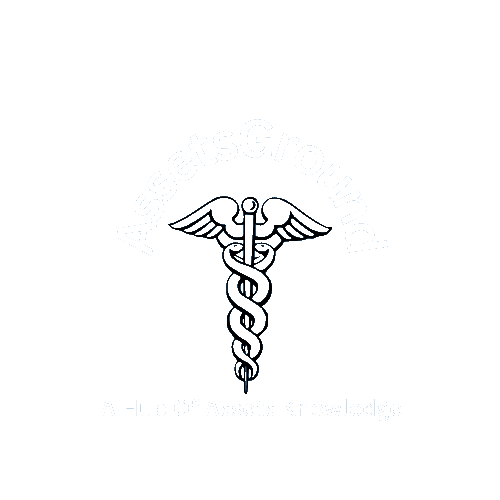Is Building A Current Asset Or Non-Current Asset?

Current assets are those assets that can easily be converted into cash within a short period and these assets are held and maintained in a business to support the cash flow and short-term debts of the business while the non-current assets are those assets that are held for a long period and these assets are the core part of the business that helps in generating revenue through the productions and distributions.
Is Building A Current Asset Or Non-Current Asset?
The building is not a current asset because it takes time to convert into cash and it also loses its value over time in the shape of depreciation. The building is recorded as a non-current asset and categorized under the fixed asset in the balance sheet.
The accumulated depreciation expense is deducted from its original value to show the carrying value of the building.
The building is recorded under the Property, Plant, and Equipment which are the fixed assets and losses their value over their useful lives. The building is recorded in the balance sheet as follows:
| Non-Current Assets: | |
| Property, Plant, and Equipment | xxx |
| Land | xxx |
| Building | xxx |
| Machinery | xxx |
| Vehicles | xxx |
Why buildings are recorded as non-current assets in the balance sheet?
Buildings are held for supporting business core operations that generate revenue. These are bought with the vision of long-term use typically more than one year or a business cycle.
What type of asset is a building?
The building is categorized as a fixed asset and recorded under the heading of non-current assets.
Why it is important to classify a building as a non-current asset in the balance sheet?
It is important to classify each asset according to its nature and purpose. The building is categorized as a fixed asset and depreciation is charged according to a company’s policy. The followings are the major reasons why buildings should be recorded as non-current assets:
- It helps to know the actual worth of the asset
- It helps to present true information on the balance sheet
- Classifying each asset according to its nature and purpose helps a business in managing working capital effectively
- It helps in controlling improvement and maintenance costs, etc.
